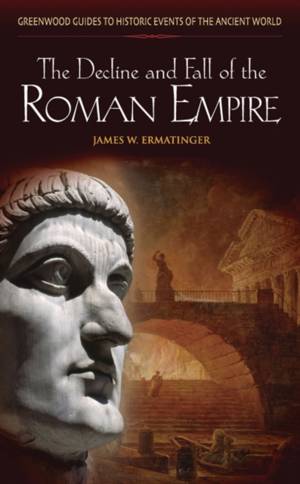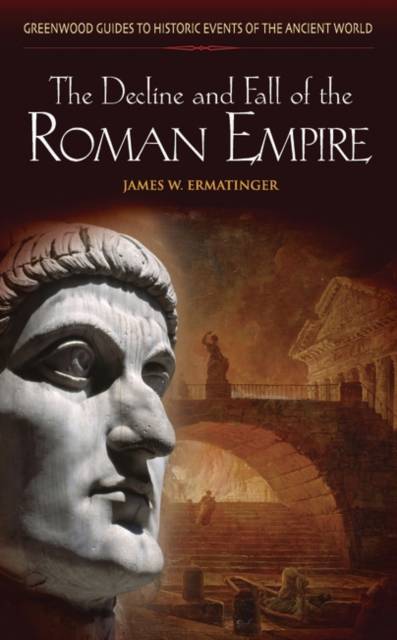
- Afhalen na 1 uur in een winkel met voorraad
- Gratis thuislevering in België vanaf € 30
- Ruim aanbod met 7 miljoen producten
- Afhalen na 1 uur in een winkel met voorraad
- Gratis thuislevering in België vanaf € 30
- Ruim aanbod met 7 miljoen producten
Omschrijving
In the 250 years between 250 and 500 C.E., Rome found itself transformed from a mighty global empire into a limited collection of Germanic kingdoms. The aspiration exhibited in these kingdoms (as well as in Constantinople and later in the person of Charlemagne) to recreate and reclaim the glory of the Roman Empire persists to this day, and an examination of this time is critical to anyone interested in politics or history. James Ermatinger's multifaceted account allows the reader a unique opportunity to view through various lenses the many and complex elements that contributed to the demise of this once-vast empire, investigating, among other things: the general religious and political issues of the age, the cultural and economic climate, the nature of the imperial household, and the role of the Germanic invaders. In so doing, he paints a vivid picture of a dying dream. This volume is ideal for use in the classroom, as well as for use in school and public libraries.
Designed as an accessible introduction to this critical period, The Decline and Fall of Rome offers readers and researchers an appealing mix of descriptive chapters, biographical sketches, and annotated primary documents. An overview of the period is presented in the introduction, and is followed by chapters on late Roman culture, society, and economics in late antiquity; religious conflicts in Christian Rome; enemies of Rome; and why and when Rome fell. The narrative chapters conclude with a section placing Rome's fall in modern perspective. An annotated bibliography and index are included.Specificaties
Betrokkenen
- Auteur(s):
- Uitgeverij:
Inhoud
- Aantal bladzijden:
- 240
- Taal:
- Engels
- Reeks:
Eigenschappen
- Productcode (EAN):
- 9780313326929
- Verschijningsdatum:
- 1/12/2004
- Uitvoering:
- Hardcover
- Formaat:
- Genaaid
- Afmetingen:
- 166 mm x 235 mm
- Gewicht:
- 494 g

Alleen bij Standaard Boekhandel
Beoordelingen
We publiceren alleen reviews die voldoen aan de voorwaarden voor reviews. Bekijk onze voorwaarden voor reviews.











